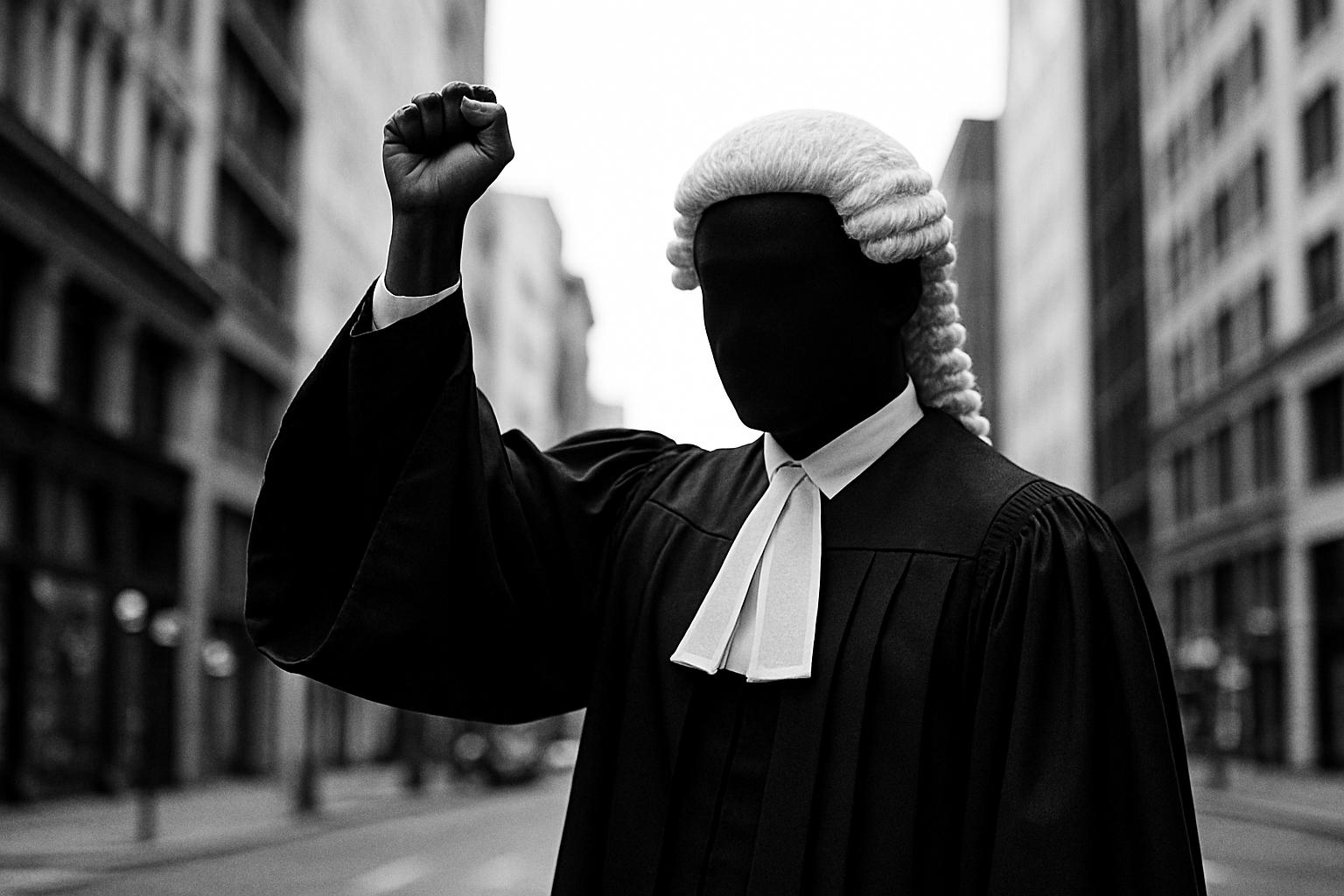Banksy’s latest artwork at the Royal Courts of Justice in central London sparked significant attention, though it was swiftly obscured and removed by court officials. The mural, depicting a judge striking a protester with a gavel, appeared overnight and immediately generated political debate. The image purportedly references the recent arrests of nearly 900 demonstrators protesting the UK government’s decision to ban Palestine Action, a group labelled as terrorist following vandalism at a Royal Air Force base. The artwork’s powerful imagery, showing the protester on the ground holding a blood-stained placard, underscores Banksy’s long-standing reputation for creating provocative, politically charged art that questions authority and social justice. However, due to its quick removal, the piece is no longer publicly visible.
Despite the disappearance of this particular work, London remains a rich canvas for Banksy’s street art, which continues to be accessible to the public free of charge. Various reputable sources and guides have mapped locations where authentic Banksy murals are still viewable, offering an invaluable resource for street art enthusiasts. TimeOut, for instance, has highlighted several key sites around the city where Banksy’s original works can be found, from the Elephant silhouettes in Edith Grove, Chelsea, to the Three Monkeys hanging over a Shoreditch bridge, and even the comical pelicans atop Bonners fish bar in Walthamstow. These pieces range from playful visual puns to serious commentary, showcasing the artist’s distinctive style and social messaging.
One particularly notable piece in London’s cultural landscape is the mural at London Zoo, depicting a gorilla releasing other animals from their enclosures. This artwork not only draws crowds but also invites reflection on the ethics of animal captivity. Banksy’s knack for integrating his art with the urban environment extends beyond flat walls; his “Tree” mural on Hornsey Road creatively uses paint to simulate leaves on a nearby pruned tree, demonstrating his innovative engagement with natural elements in the cityscape. This piece, confirmed via Banksy’s official social media channels, exemplifies his evolving approach that blends stencilled figures with environmental interaction.
Beyond these specific artworks, Banksy’s presence in East London remains historically significant. The Brick Lane Gallery, an advocate for street art’s mainstream recognition, contextualises Banksy’s work within East London’s art scene, tracing his early provocative stencils that often challenge war, capitalism, and governmental authority. Meanwhile, other acclaimed pieces like the “Falling Shopper” in Mayfair, critiquing modern consumerism, and “Always Fail,” a satirical rat on Farringdon Road, further illustrate the diversity and sharp social commentary embedded in Banksy’s oeuvre.
For those wanting a comprehensive view, interactive maps provided by outlets such as the Hackney Gazette detail every Banksy artwork still standing in London, enriching the experience for art lovers and tourists keen to witness the artist’s urban interventions firsthand. These resources ensure that even though some works may come and go—like the recent High Court mural—Banksy’s impact on London’s streets remains enduring and accessible.
📌 Reference Map:
- Paragraph 1 – [1], [2]
- Paragraph 2 – [1], [4]
- Paragraph 3 – [1], [3], [7]
- Paragraph 4 – [5], [6], [1]
Source: Noah Wire Services
